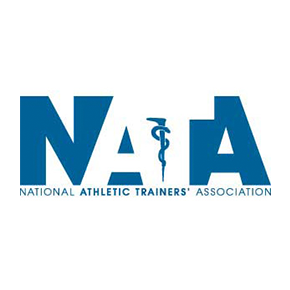Advertisement
The pain in the back of your leg can be caused by either a calf strain or an Achilles strain. If the pain is higher up the leg, the pain is caused by a calf strain. Two main muscles make up the calf: the gastrocnemius and the soleus. These muscles are contracted when you go up on your toes. If the pain is farther down towards the foot, it could be caused by an Achilles tendon strain. The Achilles tendon extends from the calf muscles and attaches at the bottom of the heel. Pain can be experienced when you go up on your toes. (This answer provided for NATA by the Eastern University Athletic Training Education Program)
Continue Learning about Pain
Important: This content reflects information from various individuals and organizations and may offer alternative or opposing points of view. It should not be used for medical advice, diagnosis or treatment. As always, you should consult with your healthcare provider about your specific health needs.










